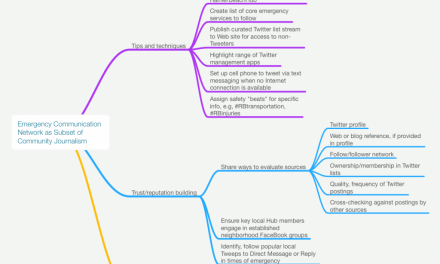OK, it’s time to start anew, and to symbolize a fresh beginning, I’m opening up a new category, Inner Voices.
I intend to use the term primarily in it’s musical sense and the structural development of complex harmonies, not so much in its psychological associations with internalized dialogue or personal identity construction, although I suspect I will occasionally, and perhaps even intentionally, slip into those perspectives.
I was recently reorganizing my iTunes play lists and listening to music I haven’t given much attention to for years, including the selection included with this article, Vaughn-Williams’ Fantasia on a Theme of Thomas Tallis for double string orchestra. “Inner voices” typically refer to the mid-register, alto and tenor, voiced instruments (second violins, violas, upper-range cellos) that are often difficult to clearly discern against the more dramatically contrasting outer voices: first violins soaring in the soprano stratosphere and lower-range cellos and basses. From a slightly different, although still structural perspective, I think inner voices can also refer to the string quartet embedded in the heart of the double string orchestra that signals transitions in the overall flow of musical conversation.
This selection represent the second half of the composition, introduced by the quartet.
So what does all this have to do with patterns of engagement? Bear with me for a bit. And if this particular selection leans too far to the traditionally classical, think barbershop quartet, Christmas brass chorale, jazz ensemble, and yes, the blues and even rap.
I understand there is an executive management training program in which participants experience conducting an orchestra. Somehow I’ve never outgrown my memories of sitting in the midst of an orchestra, in awe from everything happening around me, and knowing that I wasn’t even hearing it all from where I was sitting.
One final, quick observation. What if the social counterpart to “mid-range voices” had absolutely nothing to do with “middle ground,” “silent majority,” average (and good god, certainly not “median”), or compromise, or in any sense “normative.” Unless “normative” was “always forming,” ever-emerging, increasingly complex in mutually adaptive diversity. Where would you find the inner voices of a community, and how would you listen to what they were saying amid the perceived cacophony of reported public discourse?


